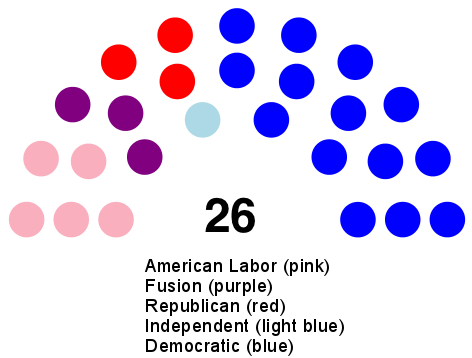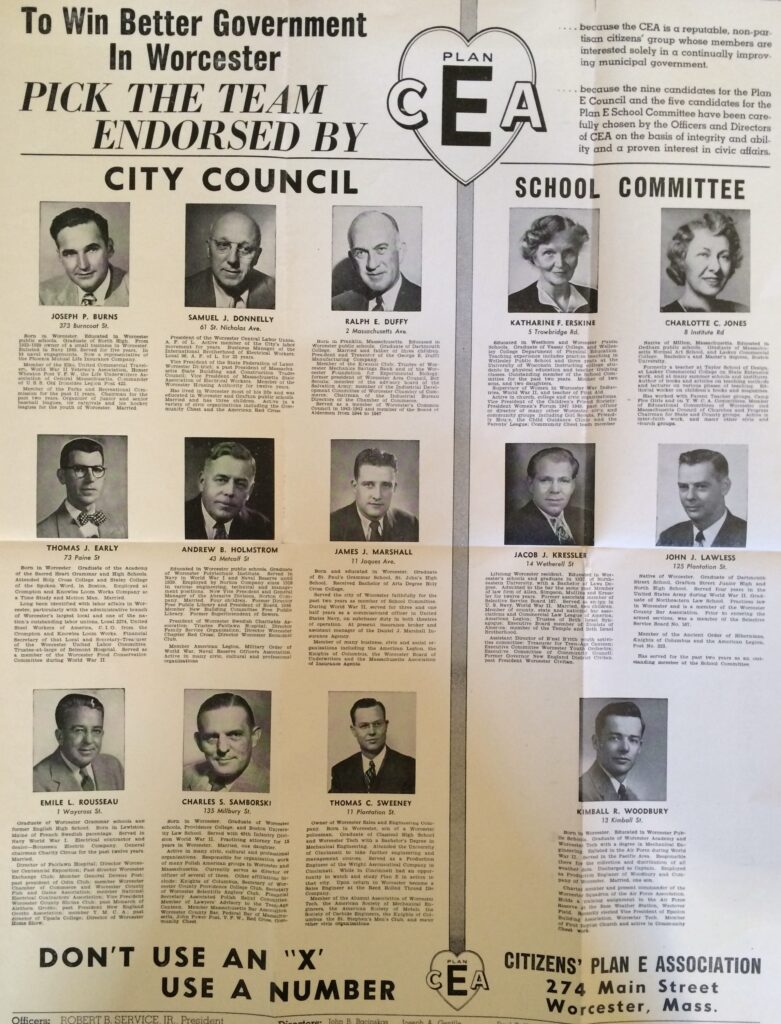I have been thinking about how to teach busy students. Here is how I teach to the essay, not the test, and why.
Teaching to the essay is a phrase I use to capture the following process:
1) Divide a course into units.
2) Begin each unit by posing a question the students will have to answer.
3) Tell (and remind) them that they will have to answer the question in a short paper at the end of the unit.
4) Pause the unit as necessary to spend class time going over concepts that will be crucial to the papers’ arguments.
5) Peer-edit the papers near or on the day they are due.
Why essays?
There is rising pressure to abandon written assessment. It can come from many sources.
I stick to essays first because I fear a world in which people can’t communicate their thoughts in logically arranged sentences. That seems like a world where visual communication predominates. It is therefore a world of emotion, and that is not good for working through complex problems. The propaganda potential is high.
What is the alternative to an essay? Presentation? Still sentences — and equally challenging to arrange. TikTok video? Ditto if done well, maybe. Diorama? Not communicative unless one explains, in sentences, the message a consumer is supposed to get. (Disclosure: I have used these tools instead of essays as long as they come with sentences.)
The second reason I like essays is because the chief alternative is a test. I abandoned tests before the pandemic because students were reporting lots of test anxiety. I wanted to accommodate that. Now I don’t like tests because they privilege memorization. Mental energy seems scarce. If it can be used on either memorization or thinking, it’s probably better to pick thinking, and that’s better done in a short paper.
The third reason I like essays is that they are integrative. They force the writer (if they want a good grade) to find and explain connections among course topics. They invite the writer to riff on the syllabus.
The fourth reason is that essay-writing teaches the importance of defining terms. (An essay is hard to write otherwise.) A world in which nothing is defined is a world in which anyone can claim anything as true.
Thinking and integration in a busy world
Steps 2-5 above differ from what I experienced in most of my college classes: “write 22-25 pages on a topic related to this course.”
Students who did well with that (not me) probably kept up with the reading and had developed relationships with their professors. Every teacher hopes for this, but it’s probably not fair (inclusive) to expect. People are too busy. Some find it intimidating.
Class time is the only time many people have for school. So I try to use class time to teach to the essay, not the test.


